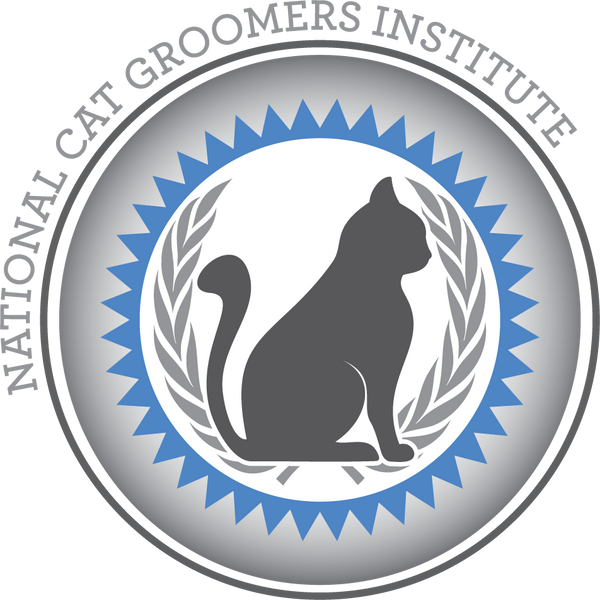
What is Humane Cat Grooming?
What Is Humane Cat Grooming?
(It’s Not What You’ve Been Told)
As professional cat groomers, we’re not just here to make cats look good—we’re here to keep them healthy, comfortable, and safe.
That means we need to ask ourselves:
What’s truly humane for a cat when it comes to grooming?
Some people believe it’s inhumane to bathe or shave a cat, especially if the cat seems stressed during the process.
But the real inhumanity is letting cats live in filth, grease, and painful mats that pull at their skin, cause sores, or lead to deadly infections.
Let’s break this down.
The Truth About Cat Grooming Needs
-
Cats don’t “groom themselves.” They lick. Licking doesn’t remove grease, dead hair, or buildup.
-
Grease + shedding = mats and pelts. These mats tighten over time, causing pain, skin damage, and sometimes death.
-
Wet cat hair felts. If a cat isn’t properly dried after getting wet, the coat tangles and mats even more.
Regular degreasing baths, blow-drying, and comb-outs every 4–6 weeks prevent mats, hairballs, odors, fleas, and health problems.
This is humane care.
The Cost of Neglect
When cats aren’t groomed regularly, they often end up pelted—trapped in a hard shell of hair that causes:
-
Sores and infections
-
Blocked movement and elimination
-
Extreme pain
-
Eventual death if untreated
Removing a pelt isn’t optional—it’s life-saving. But it’s also risky, especially in elderly or aggressive cats. Shaving thin, fragile skin comes with the potential for nicks or worse. And sedation isn’t always an option due to health concerns.
At this point, we’re stuck between two bad options:
-
Leave the pelt = certain death
-
Remove the pelt = risk of harm, but a chance at life
This is not humane care—it’s crisis management.

Prevention Is the Humane Choice
The best way to avoid this heartbreaking scenario?
Preventative grooming.
-
Regular bathing and blow-drying stops matting before it starts
-
A thorough comb-out removes loose hair that leads to hairballs, tangles & mats
-
Consistent grooming keeps cats cleaner, healthier, and happier
The Myth That’s Hurting Cats
We’ve all heard it:
“Cats groom themselves.”
“Cats hate water.”
These myths create a cycle of neglect that leaves cats suffering. Some groomers even perpetuate this misinformation because they’re afraid of grooming cats properly—or they simply don’t know how.
That’s not just bad for business—it’s bad for cats.
Professional Groomers: Do Better for Cats
If you’re a professional groomer, you have a responsibility to educate clients and advocate for their cats.
Here’s how:
-
Get cats on a regular grooming schedule—4–6 weeks is ideal for most.
-
Educate owners about why bathing and blow-drying are essential, not optional.
-
Stop the cycle of neglect that leads to mats, pelts, and painful emergency grooms.
Let’s Redefine “Humane”
Humane grooming isn’t about avoiding stress in the moment—it’s about preventing long-term suffering.
When you keep a cat clean, degreased, mat-free, and comfortable, you’re practicing true, professional, humane care.
Resources to Help You Do It Right:
-
Find a Certified Cat Groomer:
Search NCGI Members and CFMGs here -
Train with NCGI:
Get the tools and knowledge to become a confident, professional cat groomer.
Check out the Complete Cat Groomer Training Syllabus and our online courses.
Let’s make the grooming industry better—one cat at a time.

Let's stop this 👆🏼because it's totally preventable (and inhumane!)
Every cat deserves this 👇🏼

